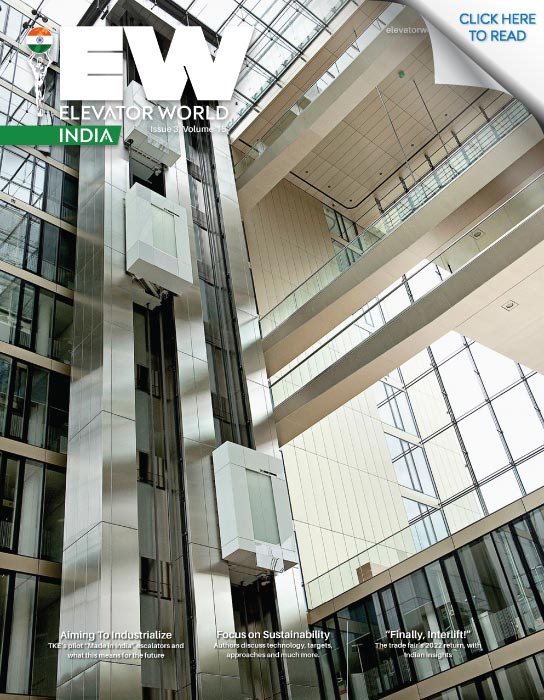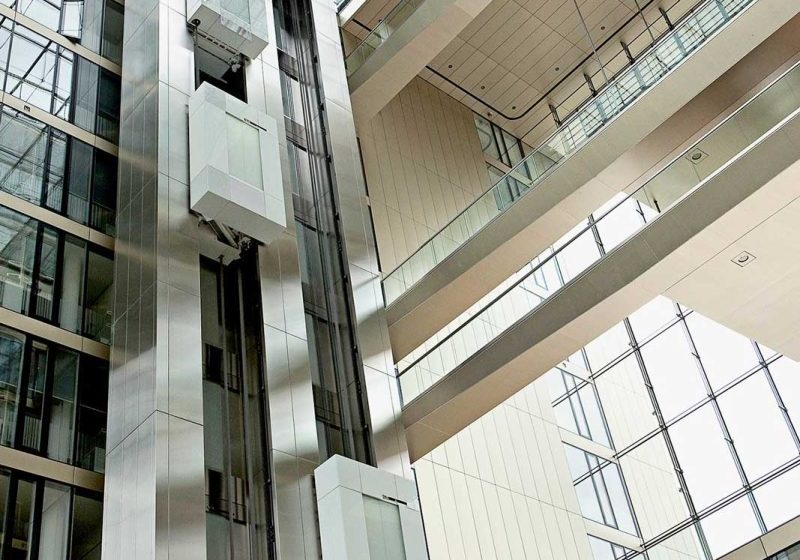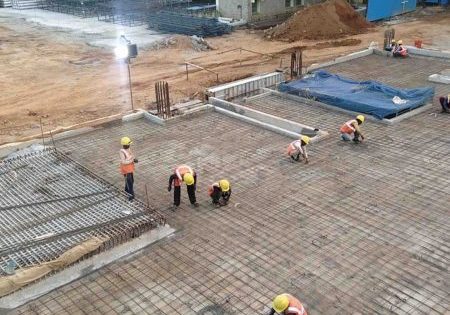How elevator experiences at residential and office buildings have kept evolving in the “new normal.”
by Dr. Malini Saba; photos by Gagandeep Kaur
Prior to the pandemic, common thought held that offices were essential for efficiency, culture and winning the talent battle. Companies battled fiercely for prime office space in the world’s major urban areas, and many focused on space maximization solutions to foster collaboration. The battle cries were densification, open-office architecture, hoteling and co-working.
Nonetheless, COVID-19 prompted significant human and humanitarian concerns. The global business community rose to the occasion and responded swiftly to protect employees and help them migrate to a new working style. The rapid and effective adoption of technologies for video conferencing and other forms of digital interaction (even by government institutions) has astonished many individuals. For many, the outcomes have exceeded expectations.
According to research from McKinsey Global Institute, 80% of people questioned reported they enjoy working from home. Forty-one percent say they are more productive than they have been before, and 28% say they are as productive as ever. Many employees liberated from long commutes and travel have found more productive ways to spend their time, enjoyed greater flexibility in balancing their personal and professional lives and decided they prefer to work from home, rather than the office.
Based on the findings of the massive work-from-home experiment, leaders in a variety of industries are reimagining the nature of work and the role of the office in inventive and audacious ways. Many companies think they can get access to new talent pools with fewer location-based restrictions, use new methods to increase productivity, build a stronger company culture and cut their real estate costs by a huge amount.
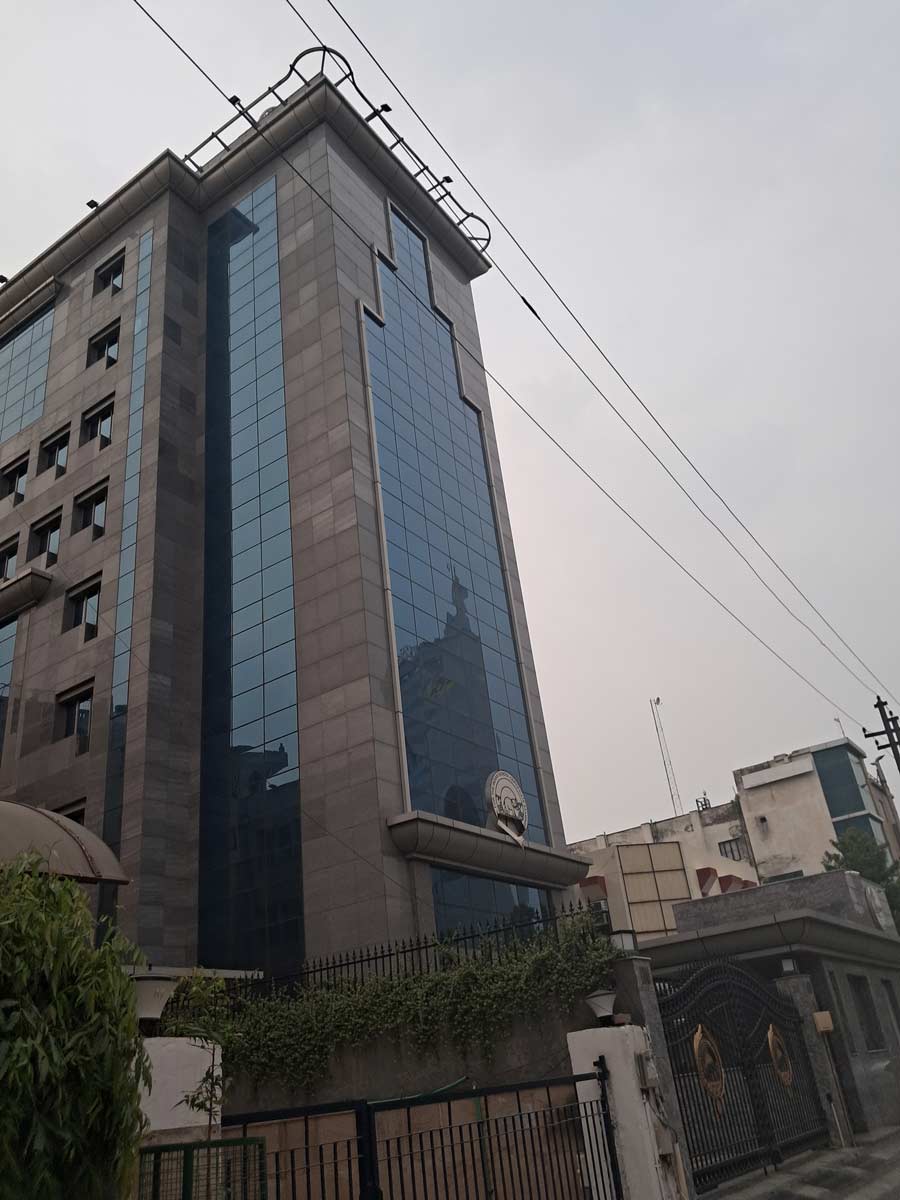
2020-2021: What Changed?
Uncertainty Drives Pandemic-Stricken Indians Home
At the onset of the pandemic, many workers who feared job insecurity, unemployment and lack of access to food during the lockdown fled their temporary housing in cities and returned to their hometowns. The spread of the COVID-19 virus disrupted worldwide supply chains and compelled workers to stay at home due to quarantine, illness or lockdowns. Such a “supply shock” was extremely difficult to resolve with traditional monetary and fiscal policy instruments. As a result, enterprises were compelled to halt or scale back operations, and lost the ability to continue paying employees’ wages. This posed a danger to household incomes and, in conjunction with increased uncertainty, lowered household consumption — a “demand shock” that put additional pressure on businesses, their employees and independent workers.
Satellite Offices in Tier 2 and Tier 3 Cities
First, there was work from the office. Later, the pandemic ushered in work from home (WFH). To promote the smooth flow of work and to create a fluid work environment, several organizations began establishing satellite offices in Tier 2 and Tier 3 cities. Satellite offices were established in Tier 2 and Tier 3 cities to augment WFH. In order to keep expenses low, the majority were rented in older buildings without elevators or with rickety versions.
Families Relocate to Modern Structures With Advanced Elevators
Families that needed additional space to accommodate their WFH NextGen and those who now had to study from home shifted to newer buildings with larger apartments with an emphasis on lifestyle facilities, such as contemporary elevators. The migrants who had returned home experienced a huge improvement in their living conditions. The modern elevators in residential buildings presented them with an exquisite method of convenience and accessibility, allowing them to develop upward rather than outward, without having to confront the stairs while performing daily duties and managing family responsibilities. This was a big change from what they had seen in big cities: Elevators in temporary housing were often old or didn’t work at all, but elevators in office buildings were new.
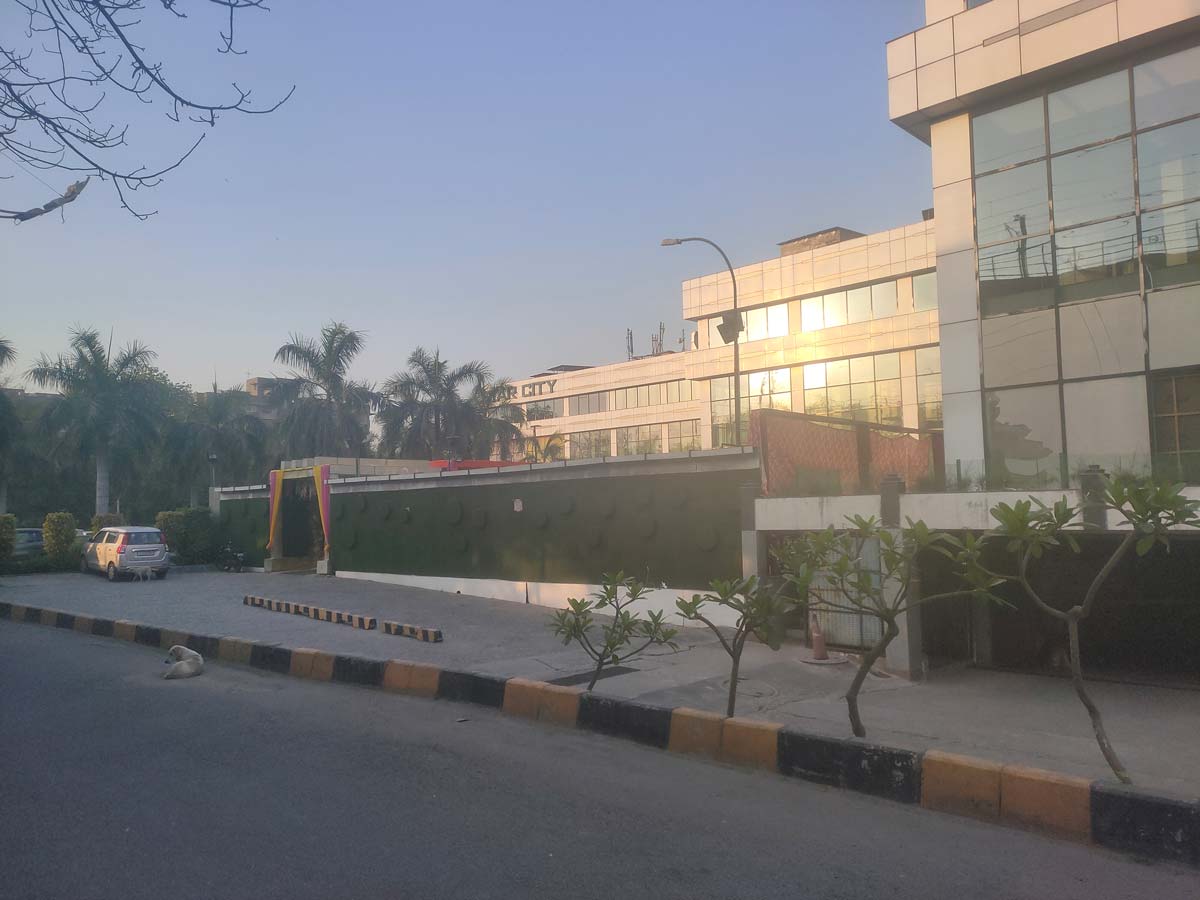
Vaccination: A One-Stop Solution
Organizations were preparing for the reopening and its challenges. Everyone had anticipated that the pandemic would finish in a day, then two weeks, then a month, then a few months, half a year, or, at most, a year, and vaccination was viewed as a one-stop solution. Prior to the availability of a vaccine, the office environment was likely not as ideal as it was before the pandemic. Some businesses that opened for a month or so required staff to always wear masks, altered facilities to ensure physical separation and restricted mobility in crowded places. Traveling in elevators remained a concern for some time, but touchless usage and frequent sanitizing helped reshape perceptions.
What Else Changed in 2021–22?
Choosing Older, Less-Expensive Structures With Outdated Elevators
The prevalent trend became to work from anywhere. Despite the fact that their employers want them back, employees are no longer interested in returning to their pre-pandemic routines and desire more flexible, remote-work opportunities. Relocating to a metropolitan location appeared to be a “poor” idea for many employees who returned to their hometowns during the pandemic. Therefore, firms have opted for a hybrid work model in which they reach out to employees who are keen on remaining in their hometowns. To keep costs low, the majority of workplaces are rented in older buildings without elevators or with faulty elevators. With a large emphasis on working from Tier 2 and Tier 3 sites, businesses are able to be location-agnostic, have control over expenses and leasing terms and allow staff to work from anywhere.

The Rise of Co-Working Spaces
Co-working spaces are growing in popularity in India as corporations let employees work from anywhere they choose. This trend encouraged niche office spaces to experiment in smaller cities. Many businesses are planning expansions in Tier 2 and Tier 3 locations, whereas co-working office space providers are capitalizing on consumer demand and forming partnerships with large businesses. Reverse migration, a distributed workforce and the ability to work from home or anywhere else have debunked the notion that post-pandemic co-working enterprises will be pushed into a corner. In Tier 1, Tier 2 and Tier 3 cities, co-working space providers are taking over empty floors in brand-new buildings (with brand-new elevators) at a discount and offering businesses lower fixed costs, customization, scalability and access to community culture, collaboration and networking.


Leaders in a variety of industries are reimagining the nature of work and the role of the office in inventive and audacious ways.
Aged Elevators Are Generally Fixed, Not Replaced
There are elevators in the majority of high-rise buildings throughout the world, some of which are even older than the majority of the building’s tenants. When a building or structure is constructed, it is typically anticipated that the elevator will endure as long as the structure. Nobody considers when the elevator will need to be updated. However, as time passes, the elevator’s components deteriorate and fail, leaving it particularly susceptible to breakdowns and other issues. The wooden cabs of many historic elevators in major cities were replaced with steel cabs, but the motors and ropes remained the same.
Even in buildings that appear to be brand new, elevator problems continue to occur often, and people continue to endanger their lives by exiting the elevator (at risk to life and limb) when it stops between floors.
The moral of the story is that appearances can be deceiving: Don’t be fooled by a building’s impressive frontage, shining façade or gleaming new elevator doors, walls or buttons. Confirm with existing residents/tenants the state of the structure and vertical-transportation management.
Get more of Elevator World. Sign up for our free e-newsletter.


